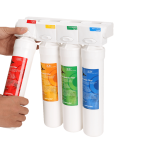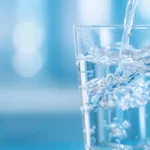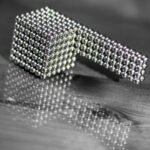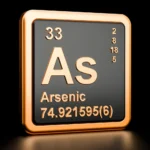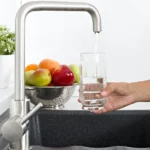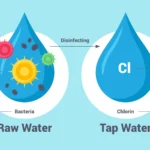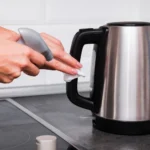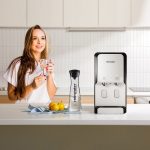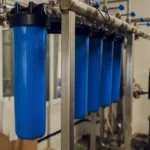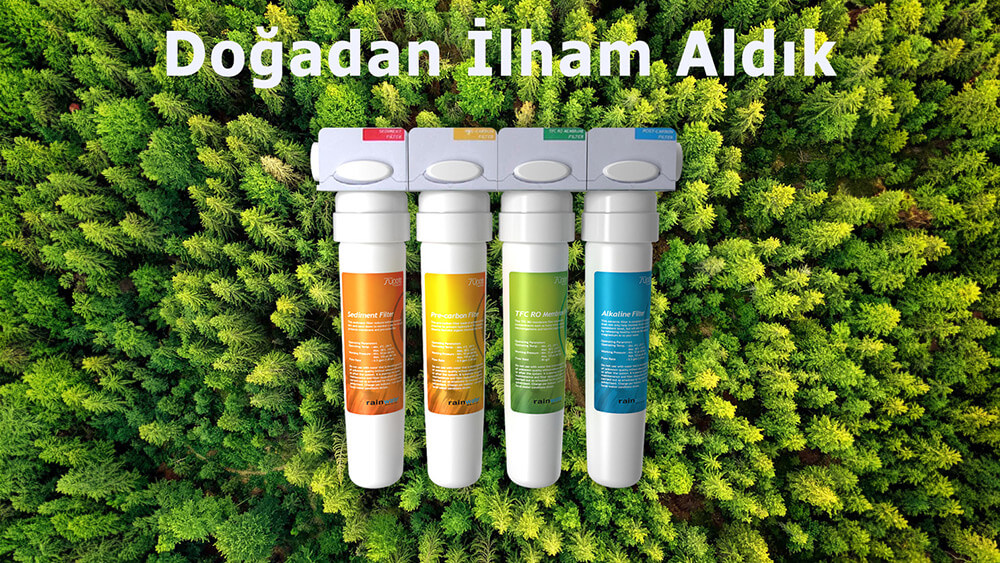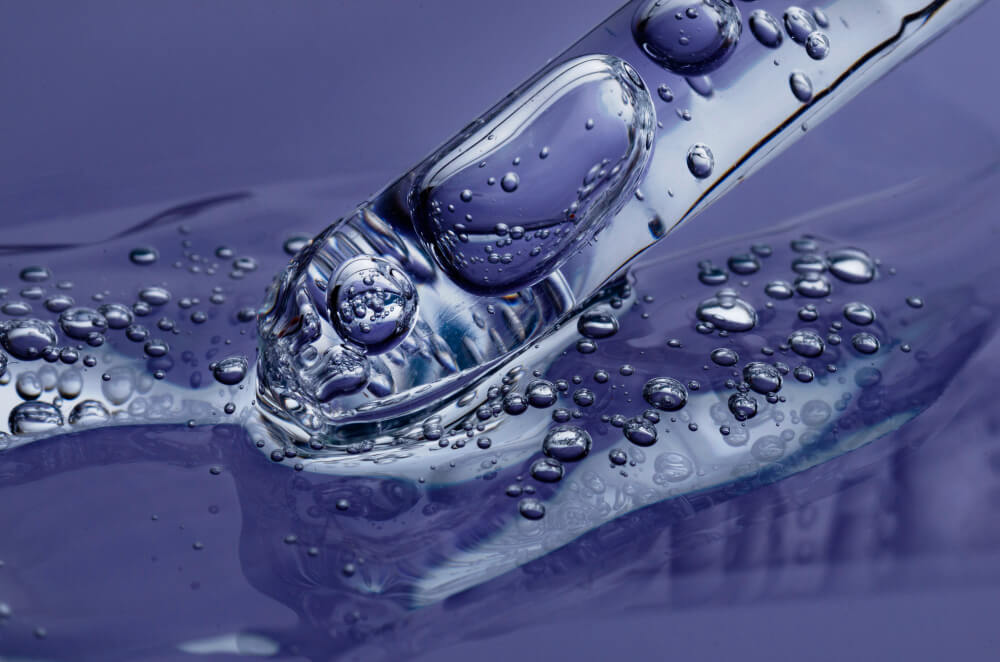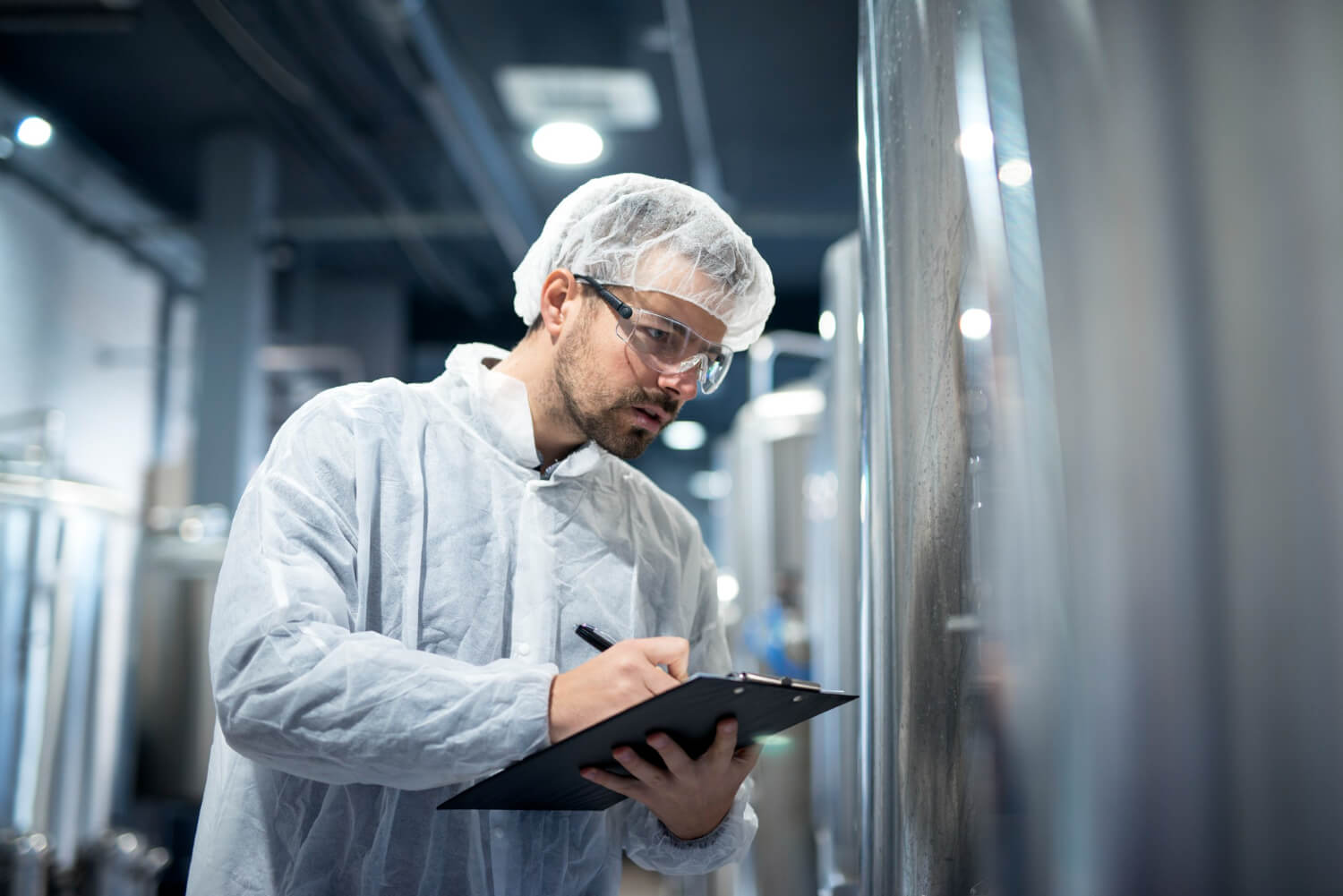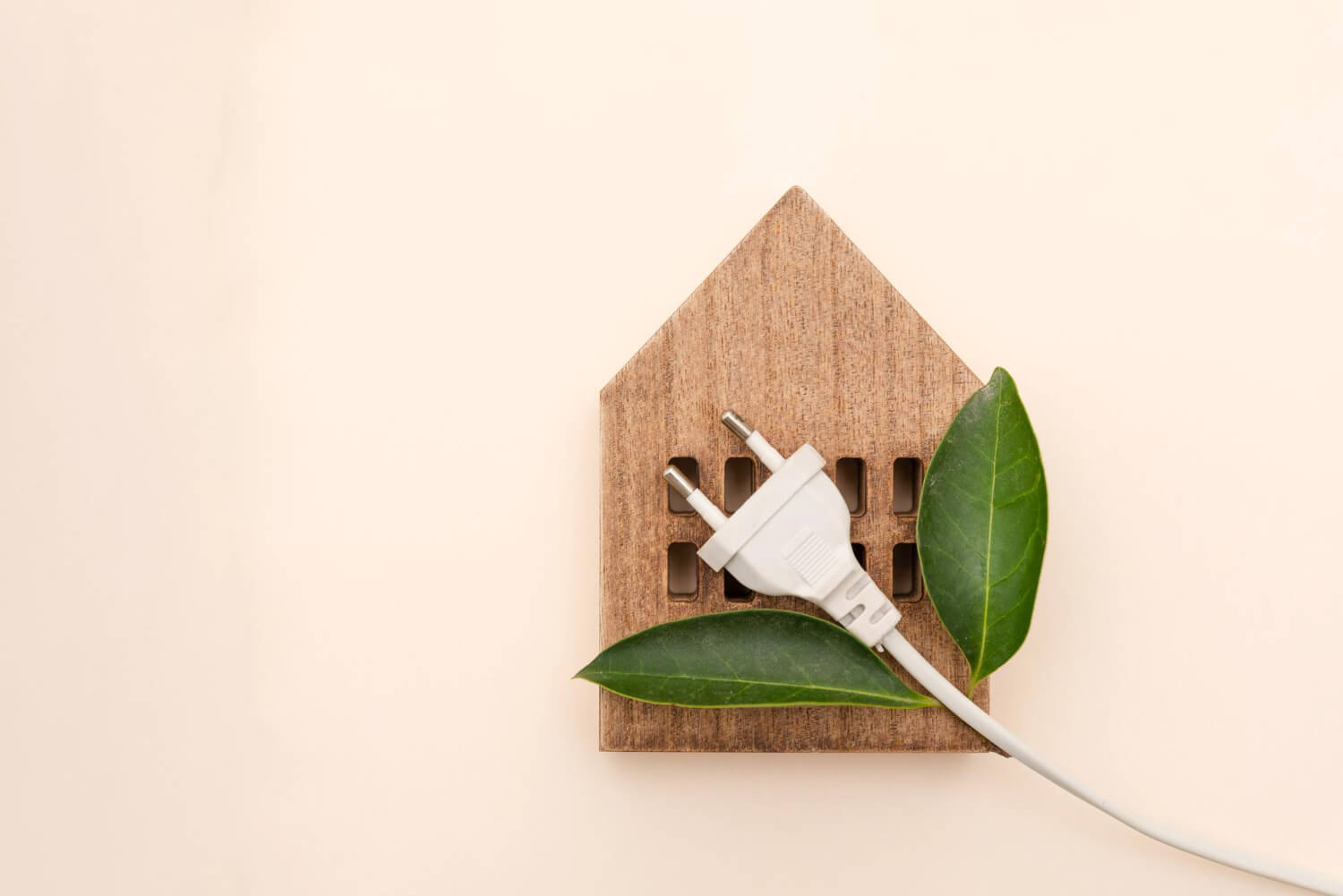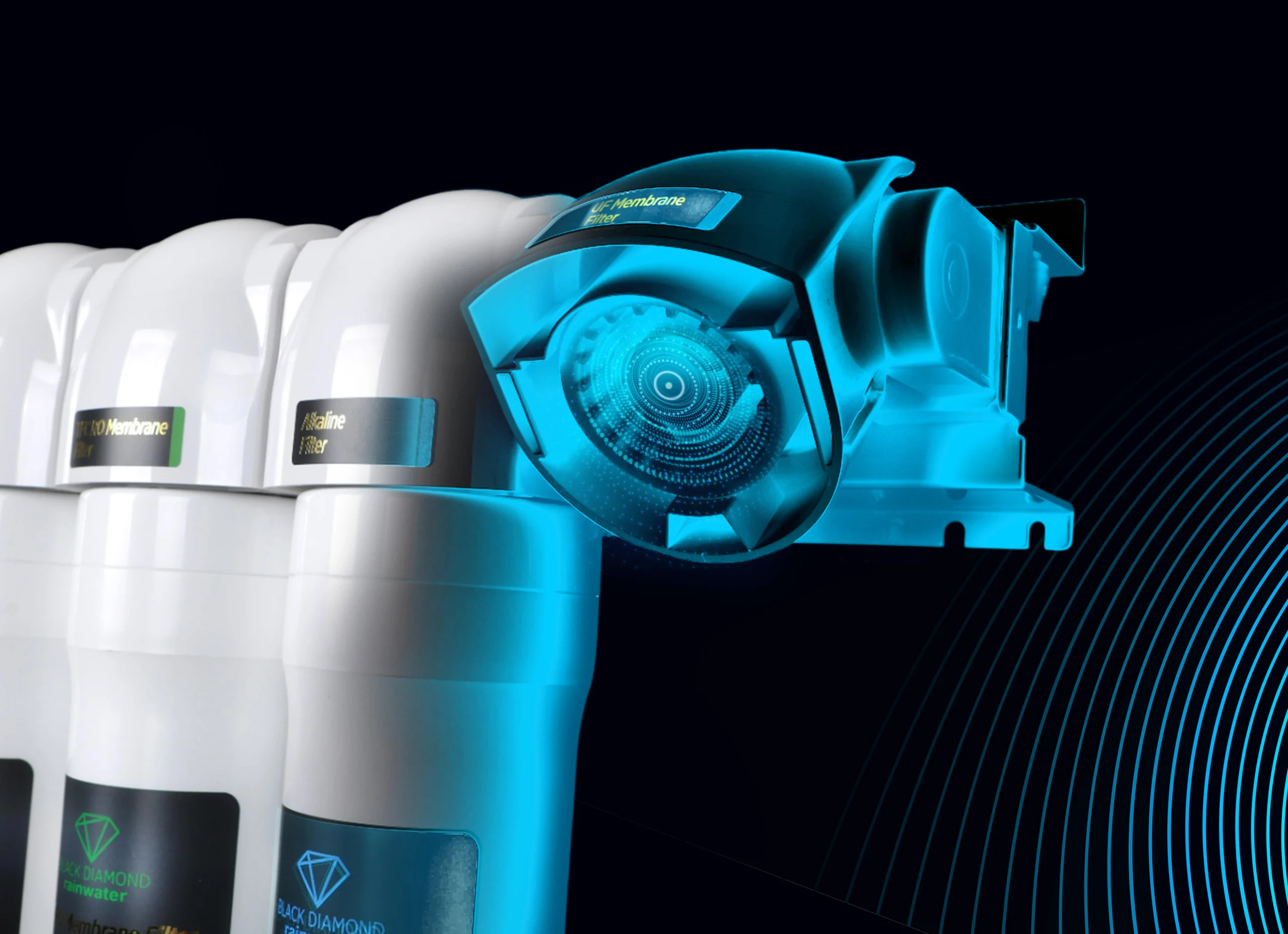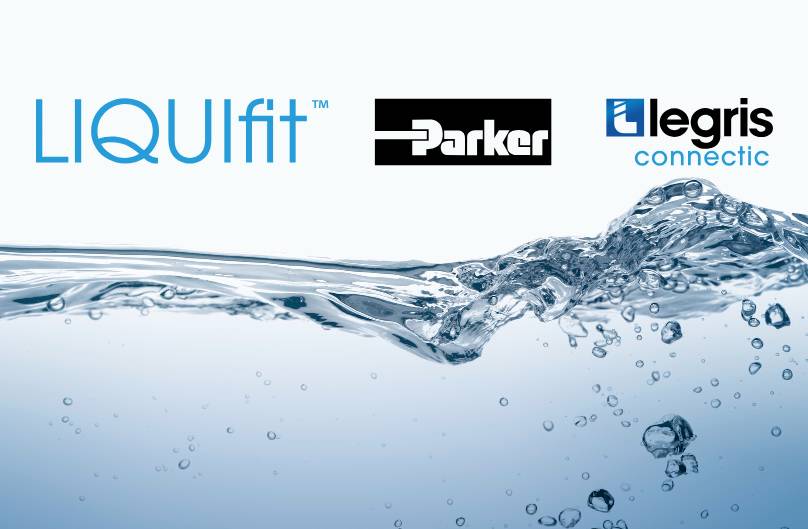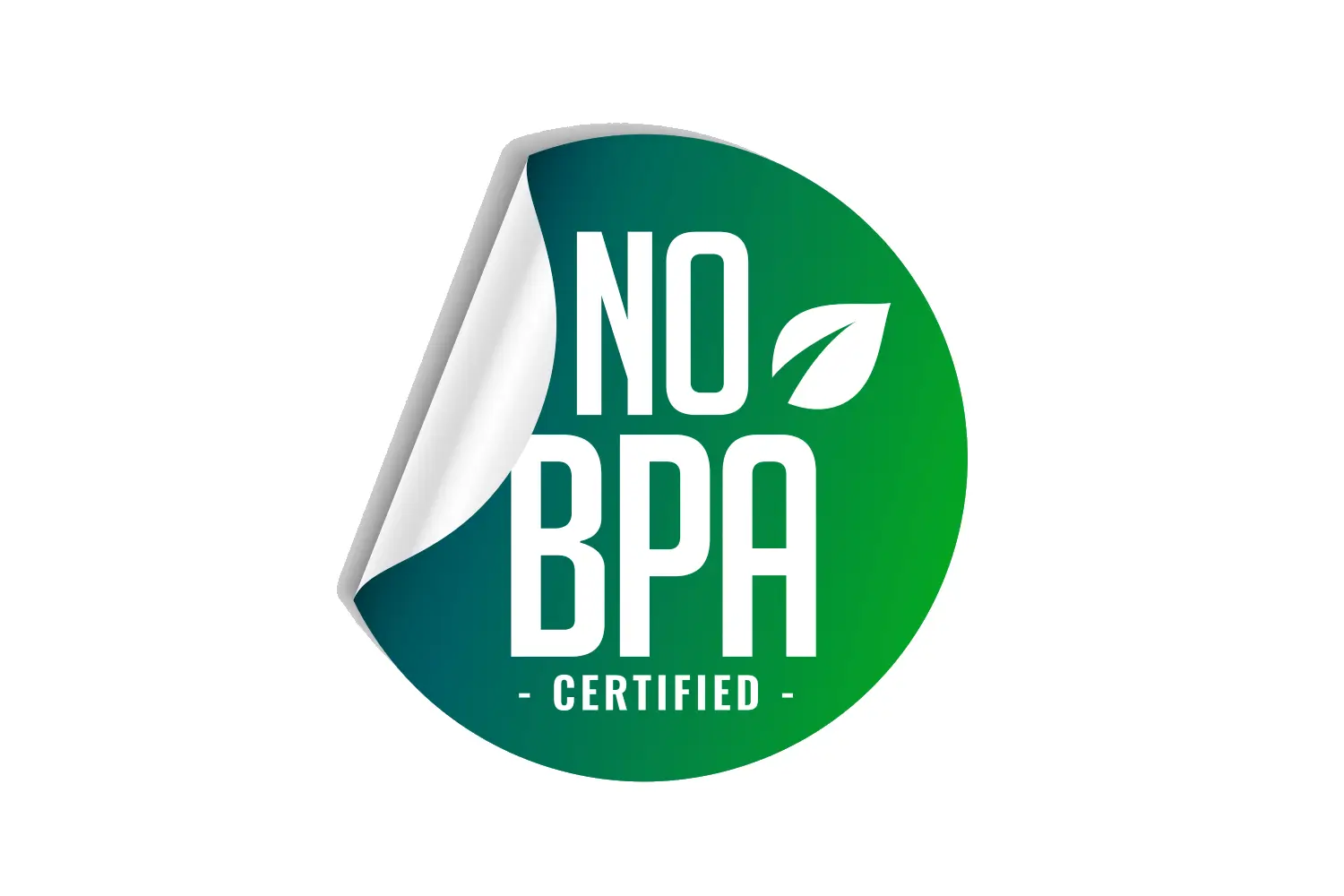Calcification, which is frequently encountered in the kitchen, is a common problem especially in areas where hard water is used. Limescale not only makes the utensils look old and neglected in terms of aesthetics, but also shortens their lifespan. For this reason, cleaning of calcified kitchen utensils is of great importance in terms of both health and practicality. The methods and materials used during cleaning should be aimed at dissolving mineral deposits without damaging the surface of the utensils.
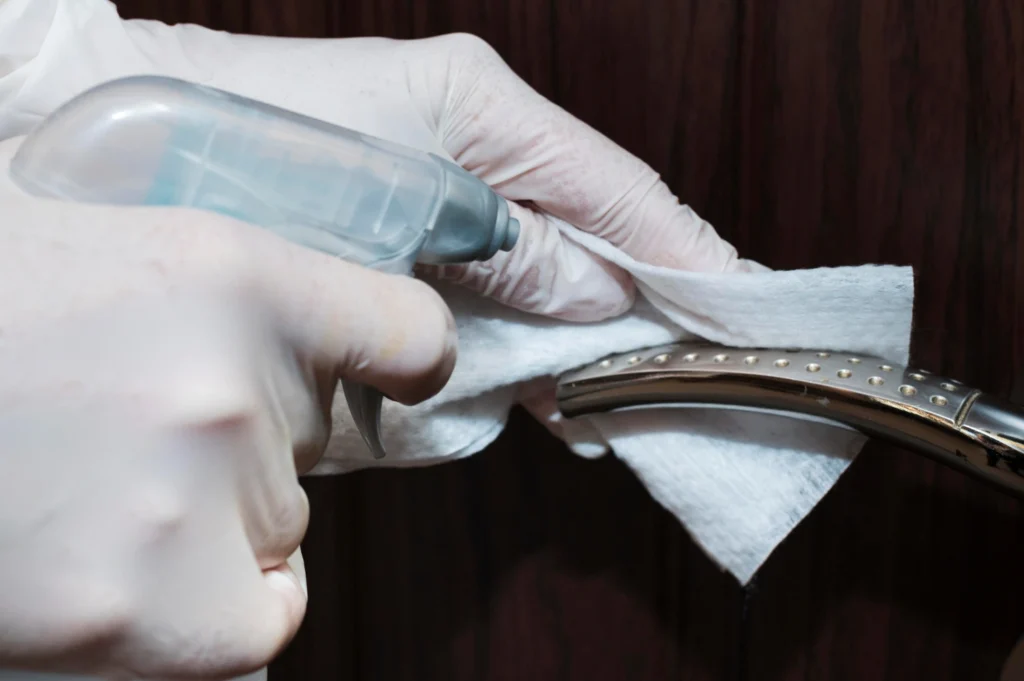
To prevent and remove limescale, it is important to know why it occurs in the first place and which kitchen utensils are more at risk. This information makes the cleaning process both quick and effective.
What Causes Calcification?
The main cause of calcification is the accumulation of dissolved mineral substances in water, especially calcium and magnesium ions, on surfaces. As the water evaporates on the inner surface of the items in contact with hot water, minerals remain as hard layers. This happens faster in devices such as teapots or kettles.
The material of the object and the hardness of the water directly influence the rate at which calcification occurs. The type of material, the roughness of the surface and temperature differences determine the intensity of mineral deposition. Thus, calcification occurs as a natural consequence of kitchen utensils during use.
Which Kitchen Utensils are More Prone to Calcification?
Limescale build-up occurs more quickly on kitchen utensils that are in constant contact with water. Some materials and surface structures are more sensitive to mineral deposits than others. For example:
- Teapots and kettles show intense lime accumulation on metal or glass surfaces where hot water is in constant contact.
- Pots and pans, especially stainless steel and enamelled surfaces, may form a layer of lime on the parts in contact with water during cooking.
- Glasses and glassware are subject to mineral stains when left filled with water for a long time or washed frequently in the dishwasher.
- Kettles and filter jugs are more susceptible to mineral build-up in the parts that come into direct contact with drinking water.
Lime accumulation is often seen in such products. Timely lime cleaning is important for hygiene and aesthetics.
How to Clean Calcified Teapot and Kettle?
Teapot and kettle cleaning can be done with both natural and effective methods. White vinegar and lemon juice stand out among the safest solutions. Firstly, the device must be disconnected from the electricity. Adding water and vinegar or lemon juice and boiling it for a while will soften the lime layer. Then rinse the appliance with plenty of water and dry it with a soft cloth. This method both dissolves mineral deposits and extends the life of the device.
Methods of Polishing Calcified Glassware and Glassware
Lime stains on the surface of glasses and glassware occur as a result of the adhesion of mineral substances dissolved in water, especially calcium and magnesium ions, over time.
These stains not only create an aesthetically unpleasant appearance, but also reduce the clarity of the glass and prevent it from transmitting light properly, reducing the pleasure of using glasses and glassware. For this reason, the question “how to clean lime stains?” is critical for glasses and glass surfaces.
The safest and most effective way to remove limescale stains is to use natural acidic solutions. White vinegar and lemon juice are both economical and healthy options for this job. The mixture prepared with vinegar or lemon juice dissolves the minerals from the surface, making the glasses shine and clean.
Before starting the cleaning process, it is important to consider the durability of glasses and glassware. Prolonged or direct contact with highly acidic mixtures on thin glass or crystal products may increase the risk of cracking. For this reason, the contact time of the mixture with the surface should be controlled and, if necessary, several small pieces should be treated.
Coating glasses or glassware with vinegar or lemon juice during the cleaning process and then letting it stand for a while softens the lime layer. Allowing the mixture to act naturally instead of rubbing the surface during the waiting period prevents the formation of scratches. The items should then be rinsed with plenty of hot water and gently wiped with a microfibre cloth or a soft cloth. This prevents scratching and restores the natural lustre of glass surfaces.
Another method of cleaning lime stains is to use a carbonated vinegar solution. The mixture of baking soda and vinegar effectively dissolves mineral deposits through chemical reaction and ensures that the stains disappear completely. However, the rinsing stage is also critical in this method. Otherwise, baking soda residues may leave white marks on the surface.
Effective Cleaning Methods for Calcified Pots and Pans
Baking soda and vinegar are very effective solutions for pots and pans. Boiling with a mixture of baking soda and water or boiling vinegar mixed with water softens mineral deposits and makes cleaning easier. Scrubbing with a soft sponge also removes the remaining lime deposits. This method is both safe and effective on stainless steel and enamelled surfaces.
Practical Tips to Prevent Calcification
Although it is not possible to completely prevent limescale build-up, it is possible to reduce its effects. Using water treatment systems and filters reduces the hardness of the water and significantly reduces the mineral accumulation on the surface of the items. In addition, drying kettles, teapots, pots and pans after use, rinsing glasses and glasses immediately reduces limescale formation. Regular cleaning and correct storage habits prevent calcification and extend the life of kitchen utensils.
Common Mistakes in Lime Cleaning
Mistakes made during descaling can both damage the surface of kitchen utensils and prevent effective cleaning. One of the most common mistakes is using wire brushes or abrasive sponges. Such harsh materials cause scratches, especially on glass, ceramic and coated metal surfaces. On scratched surfaces, limescale build-up recurs more quickly and intensively.
Another common mistake is to approach the cleaning process in a hurry. Quick interventions with the thought of “How to remove lime stains?” prevent the mineral deposits from completely dissolving from the surface and the lime layer may adhere to the surface even more. This makes it necessary to resort to harsher chemicals or abrasive processes in subsequent cleaning.
Using the wrong chemical products is also a serious mistake. In particular, strong acids or abrasive cleaners can cause permanent damage to the surfaces of coated pots, pans, kettles and teapots. In addition, such chemicals can pose a health risk to the skin and respiratory tract and cause eye and skin irritation.
Neglecting regular maintenance is another common mistake. Limescale build-up becomes permanent over time and surfaces become dull and lose their shine. Limescale layers that are not cleaned for a long time not only spoil the appearance, but also adversely affect the thermal conductivity and usage performance of the item. For example, heavy mineral accumulation in kettles and teapots can cause water to heat up later and lead to energy loss.
It is also a wrong practice not to rinse adequately during cleaning. If acidic residues are left on the surface during cleaning with vinegar or lemon juice, there is a risk of corrosion on metal surfaces and staining on glass and plastic surfaces.
Rinsing with plenty of water after cleaning eliminates such risks. Using the right methods keeps the utensils both long-lasting and aesthetically sound. When limescale cleaning is not done in a hurry, but with the right materials and the right techniques, your kitchen utensils will always remain bright and ready for use.

 TR
TR
 Blog
Blog 